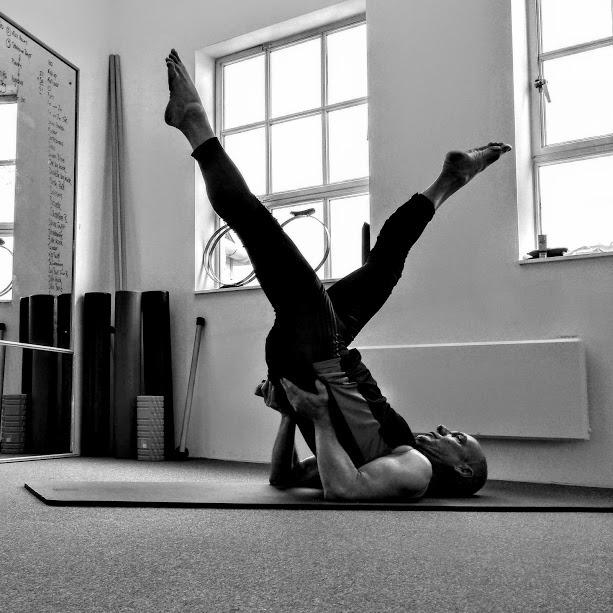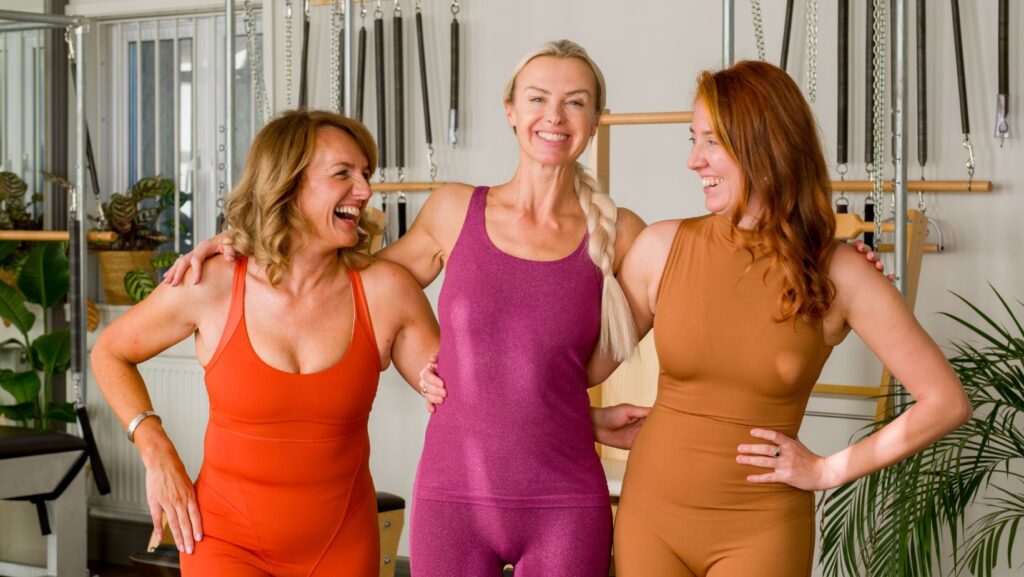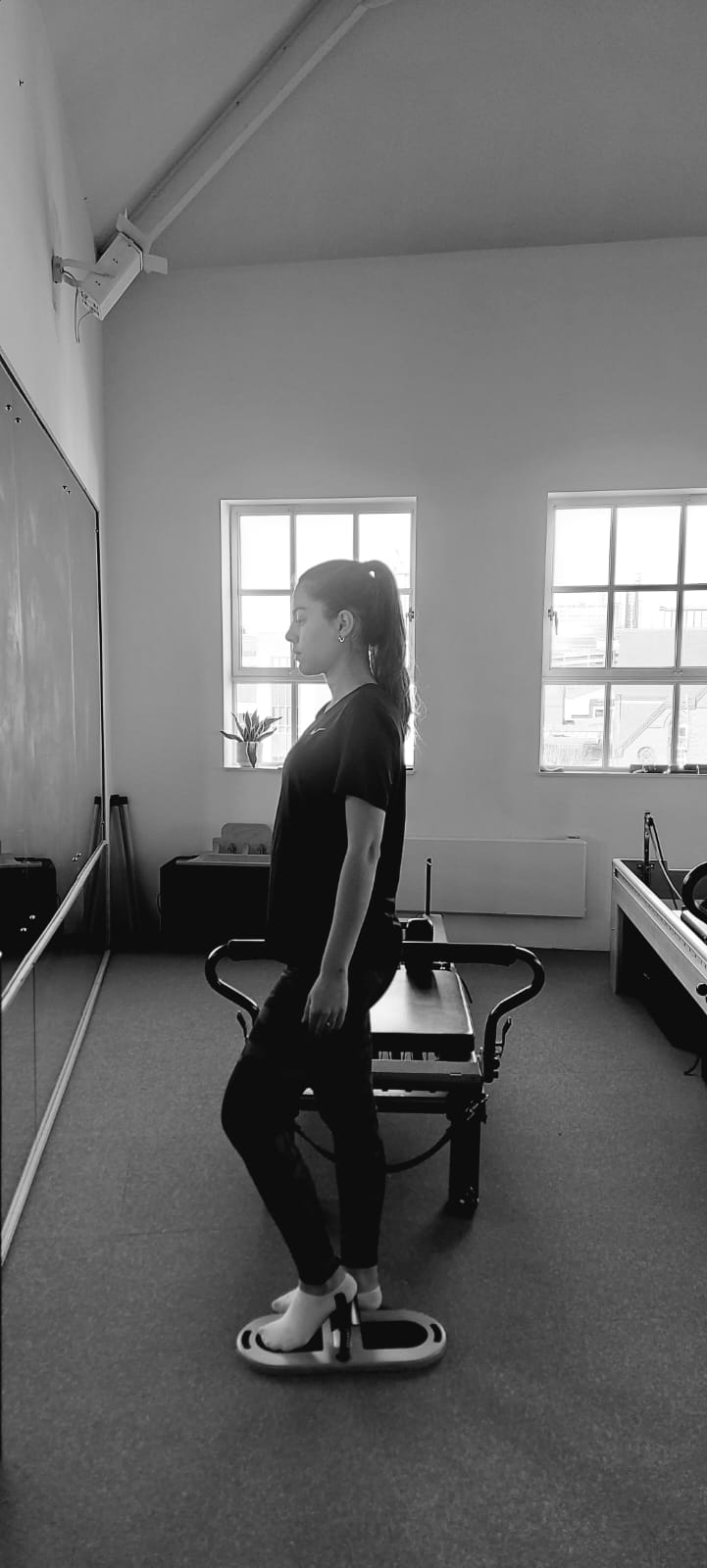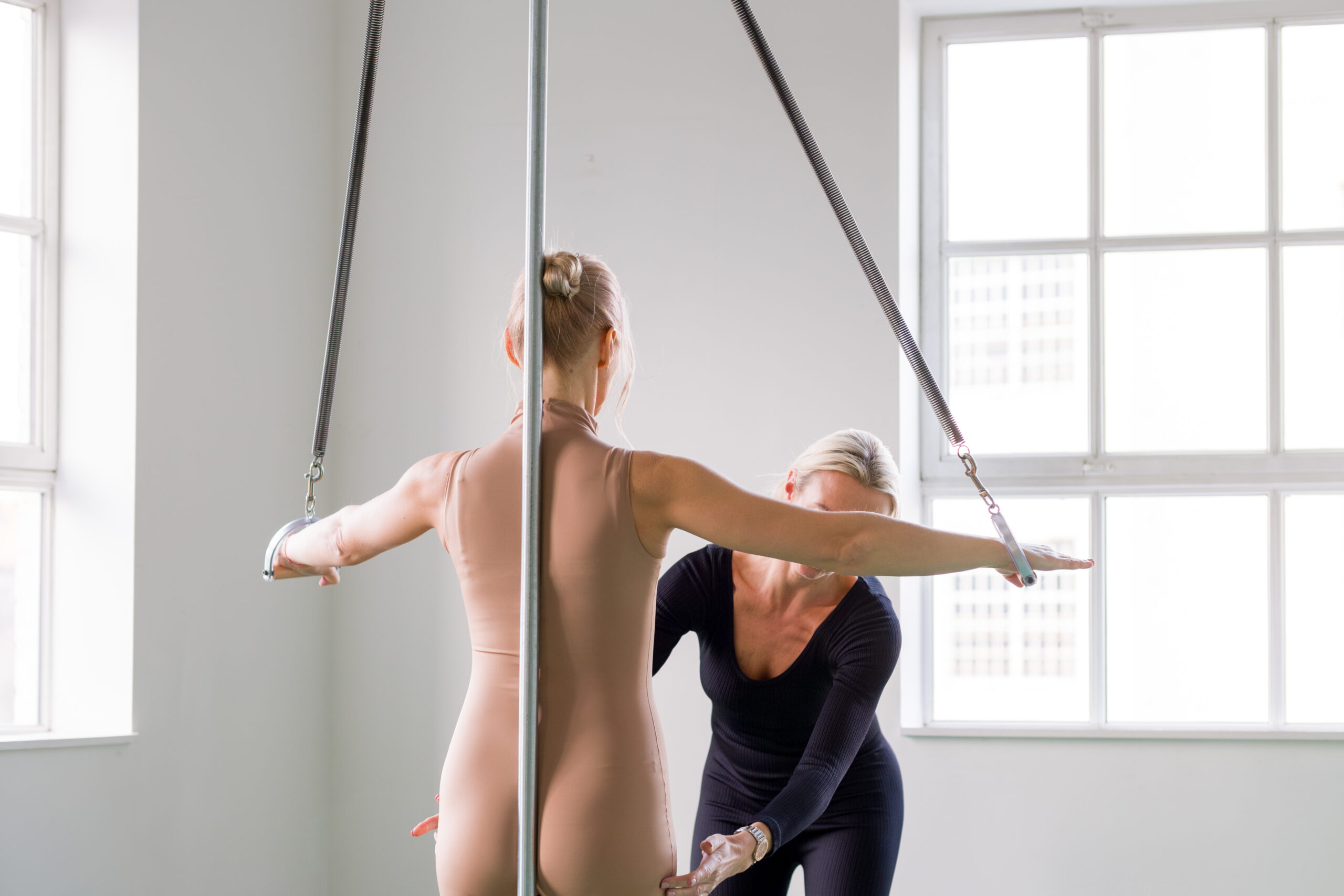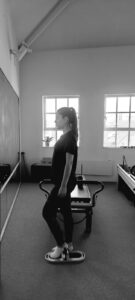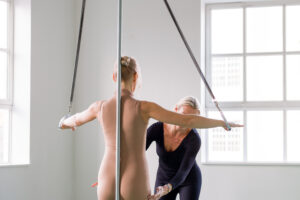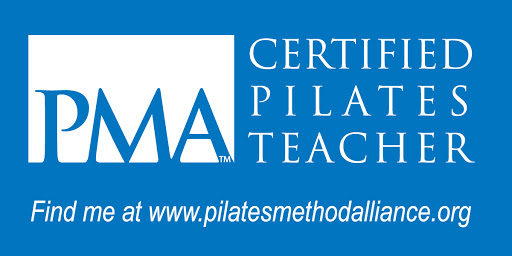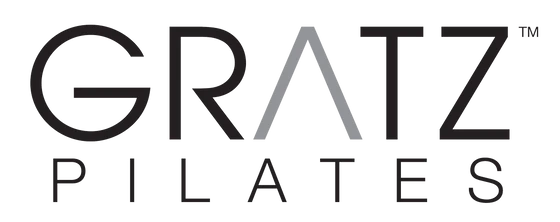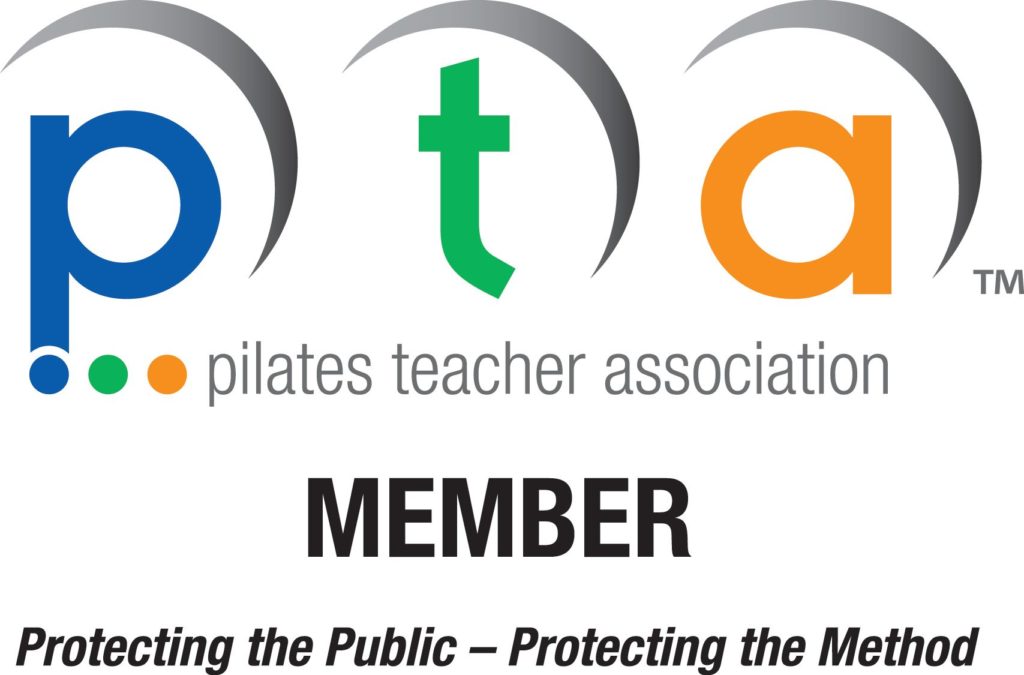Benefits of Pilates: Mind, Body & “Soul”
“you can know all the exercises on all the apparatus, but still not know Pilates. It’s a concept.”
— Eve Gentry
Pilates is well known as an exercise system. But though it’s not spiritual in any mystical sense, there is an implicit focus on one’s mind and spirit. By “spirit” Joseph Pilates means “life energy” or zest for life.
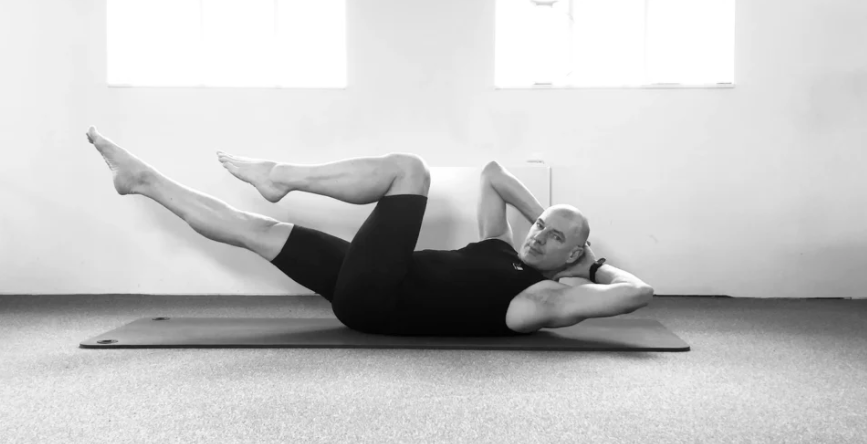
In his book: “Return to Life” (1945) Joseph Pilates writes:
“Body, mind and spirit functioning perfectly as a co-ordinated whole, freed from nervous tension and over-fatigue is the ideal shelter for housing a well-balanced mind.”
With his exercise system, that he called “Contrology”, he wanted to challenge the increasing stress and physical abandonment he saw in people around him. In pretty gritty language, his guidance reads like a modern self-help book: quality sleep and diet, proper breathing, good posture, walks in nature and daily Pilates exercise.
“… develops the body uniformly, corrects wrong posture, restores vitality, invigorates the mind and elevates the spirit”
He spent his life promoting “Contrology” that is intended to develop a body free from pain and flexible and strong enough to allow daily tasks, hobbies and sports to be pursued with energy and zest.
The tortoise always wins the race!
… daily practice at home creates: consistency, perseverance and patience!
Pilates is a full body workout designed to be done in just 20 minutes.
BUT if you’re just starting off – that’s a big ask. Start with just 10 minutes and no more and that will help you begin to create a habit.
A habit creates CONSISTENCY and creating that consistency develops PERSISTENCE which helps us develop PATIENCE with ourselves.
As you get more practice, you’ll auto-magically increase your practice time.
Pilates meets you where you are in your journey and takes you to wherever you want to get to!
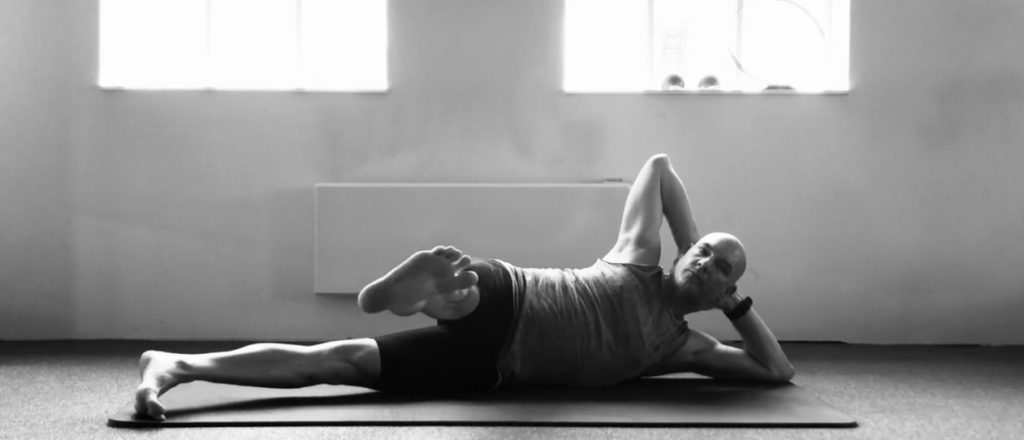
How Pilates Benefits the Body
- Strength
- Stretch
- Control
Pilates doesn’t concentrate on a few of the major muscle groups to the detriment of others. Pilates works the whole of the body: spine, pelvis, knees, legs, ankles, soles and toes, shoulders, arms, elbows wrists and fingers.
It also taxes the brain – another part of the body. The Central Nervous system is stimulated to grow new connections and make existing ones stronger. The lungs are squeezed and the breath is used. The whole orchestra is playing!
This helps you enjoy your everyday activities more and allows you to do your chosen sport with greater ease.
There are no stretching exercises in Pilates (well, there are a few, I’ll admit). There are no “ab days”, “leg days” or “arm days” because the idea is to get the body working as a balanced whole. The body is an indivisible unit.
The Pilates repertoire is so large on all the apparatus that there are exercises for EVERY body.
Pilates is an extremely flexible exercise system. Modifications to positions (lying on your back, side, front, all fours, standing on feet, standing upside down) allow for everybody to get started and continue to learn for years.
You’ll get the workout that best suits you now, and increase the challenges as your body conditioning improves.
People believe and expect that as we age we become weaker, and to some extent, this is true.
Muscle mass decreases approximately 3–8% per decade after the age of 30 and this rate of decline is even higher after the age of 60 [4,5].
But the article continues:
This involuntary loss of muscle mass, strength, and function is a fundamental cause of and contributor to disability in older people. Reference here.
Exercise helps reverse this trend. It’s perfectly possible to be fitter in your sixties than in your twenties. Pilates is an exercise method that takes 2-3- minutes daily and will keep you strong and mobile well into old age.
If you’ve ever suffered chronic pain you’ll know that this pain stops you from moving. And even if the direct cause of the pain is gone, the chronic presence of pain becomes psychological and the fear of pain massively inhibits movement
Pilates works in two ways: mobilising the spine around stable limbs or, mobilising limbs around a stable spine. When done in a progressive way, this real fear can be overcome.
Pilates has few repetitions of each exercise. And the goal isn’t to carry more and more load over more and more repetitions. The goal is to regain and improve control over our spine and limbs.
Many traditional exercise systems are weight bearing and build short, bulky muscles. This causes compression of joints and can lead to injury. And with more repetitions, the same joints and muscles are worked over and over again. The strong muscles get stronger and the weak muscles get weaker, leading to imbalances. These imbalances are a major cause of postural problems, injury and chronic back pain.
In Pilates, we work from the inside towards the outside. In this way you will develop a strong centre of the body. This centre is better able to support the big movers, in turn causing imbalances which inevitably lead to injury.
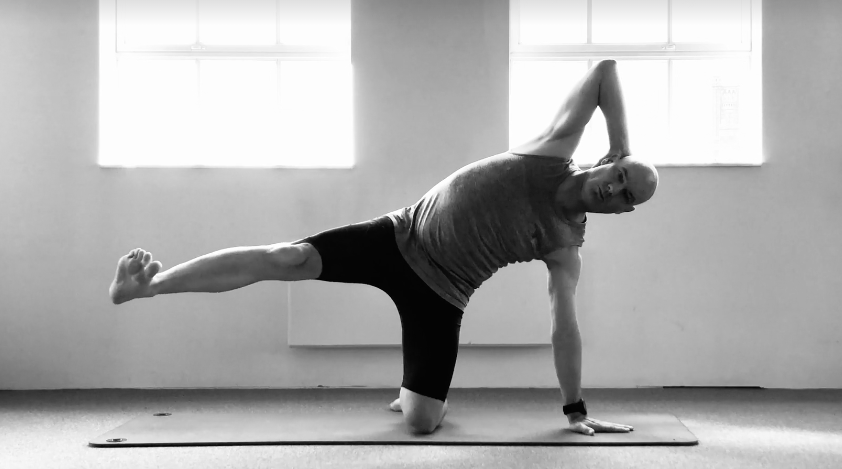
How Pilates Benefits the Mind
- Memorisation
- Concentration
- Force of Will
Most people know that if you are in active – imagine ten days in bed or a limb in a plaster-cast, muscles become weaker and loss mass. Fewer people realise that not only do the muscles atrophy, but the nerves that stimulate them also atrophy. Activity makes the muscle – nerve connections stronger. Literally we become better wired.
There’s a phrase that I’ve heard several neuro-scientists repeat: “we are plastic until the end”. In other words, it’s never too late to learn new skills. And it’s never too late to reverse the process of nervous atrophy with Pilates. Why Pilates? Because Pilates is full body exercise.
In Pilates practice, you need to learn proper technique in order to coordinate muscle groups to produce smooth, continuous movements. Pilates requires mental effort and concentration to retrain your body to internalise and then adopt these patterns of movement that we learn through our Pilates practice in our daily lives.
You have to concentrate as you’ll be mastering new skills and there are few repetitions. In fact there is no repetition in Pilates. Repetition implies mindlessly doing the same thing each time. Pilates is not like that. Instead, each “execution” of an exercise should be an improvement over the previous.
You need to concentrate and learn to coordinate breath with movement as you reconnect parts of your body that have become disconnected over time.
Pilates done properly requires you to memorise series of sequential exercises. You’ll need to anticipate as well as coordinate energy, weight change, placement of your body and creating shapes. Working towards precise physical movement in the Pillates system helps develop practical (not esoteric) mind-body coordination and responsiveness. Joe emphasized the practice of clearly defines, accurate and precise physical movement for each exercise: “… beginning with the introductory lessons, each succeeding exercise should be mastered before preceding progressively with the following exercises.
Moving from one exercise to the next in a seamless sequential flow is difficult to achieve. But striving towards this ideal over develops the endurance needed to get through a long sequence of exercises.
By emphasising fewer repetitions of each exercise, we improve our work both in the quality of each movement itself and the transitions between exercises. The transitions themselves should be considered exercises because they require similar amounts of concentration and coordination.
You need to anticipate your next movements. Therefore, in our practice we need to step out of our comfort zone both mentally and physically. Pilates was never intended to be easy. The choreography can be precise and demanding.
The body must be pushed – but not to exhastion. Joe Pilates was a very demanding teacher, insisting that students followed his instructions to the letter, attended the studio three or four times a week and completed homework assignments.
You learn what you find easy and what you would prefer to avoid. Pilates requires technique and awareness and some knowledge. Without these things, your doing some movements on a mat or on equipment, but you’re not doing Pilates.
The history of Pilates gives us a glimpse into how people of other cultures and epochs thought and what the circumstances of their lives was.
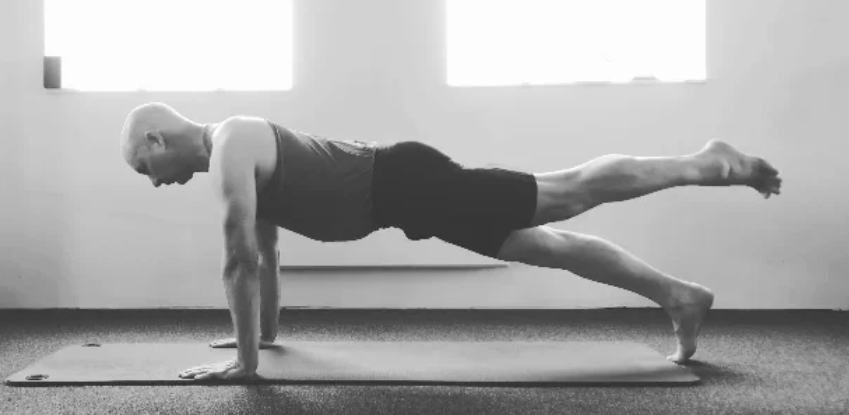
How Pilates Improves the “Spirit”
- Patience
- Consistency
- Persistence
Joe wanted everyone to have a home gym and practice alone as well at his gym. It’s why he wrote “Return to Life”. I teach you in such a way that you’ll become self-sufficient in your “body maintenance” in a short a time as possible.
Psychological starting a new project with new aims and dreams. The Pilates Practice is often compared to a journey: new horizons open up to us each time we practice. In our bodies and in our minds, Pilates causes things to change and this gives us renewed energy for life.
You’ll be learning to be in control of your body instead of the other way around.
You’ll feel more able to move and more confident in your movements, more balanced and taller.
You’ll experience an increased enthusiasm for tackling other challenging life problems such as weight loss, becoming more active, drinking less, toxic relationships…
There are no magic bullets and to practice Pilates you’ll need to make a commitment. Think about it like this: there are 7 x 24 hours in a week. That’s 168 hours of sitting, in an orthopaedic sense, on bad chairs, sofas, in cars, at desks, and even standing for long periods.
To reverse these negative effects, patience, persistence and consistency are needed. Pilates presents us with challenges – getting stronger to help us overcome these.
You experience positive mood changes after a first session.
It provides Metaphors for Living
Develops Discipline through Patience, Persistence and consistency
